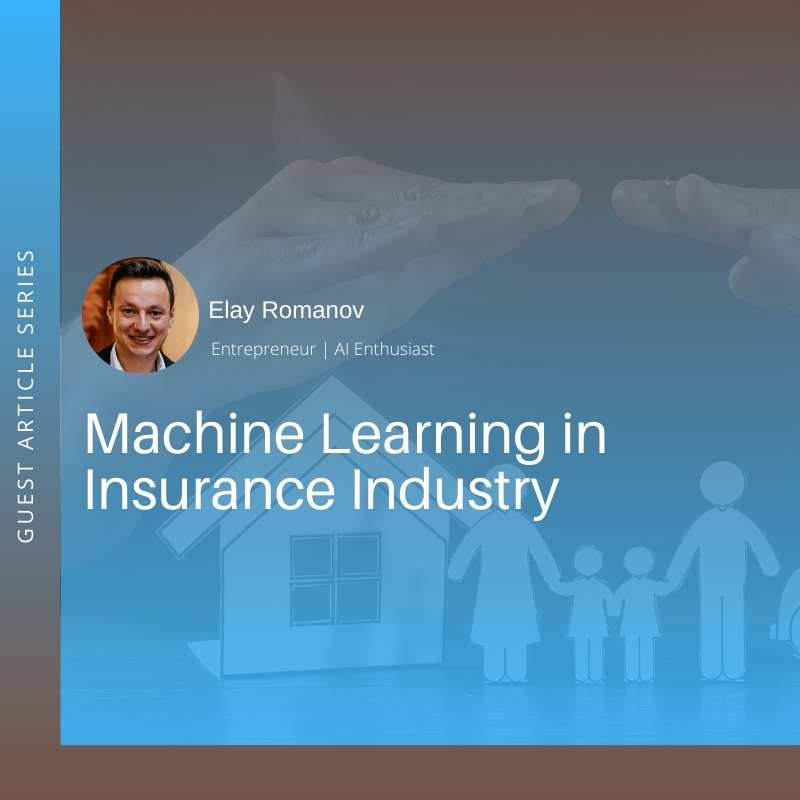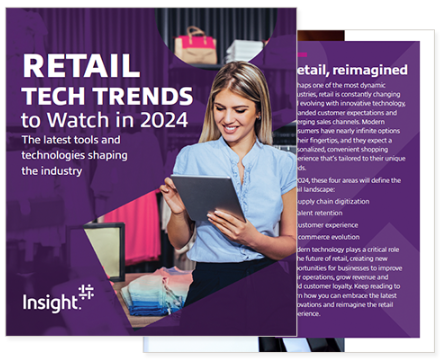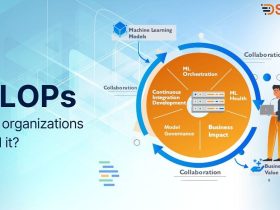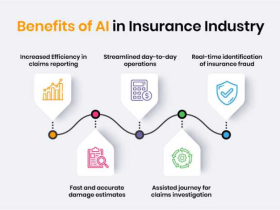Every day, insurance companies gather and create an enormous amount of data. Indeed, information is the lifeblood of the industry, enabling better risk management, increased sales, and solutions that are more tailor-made to fit the needs of individual clients.
Processing all this data, however, has long been one of the main challenges that insurance companies must face. Verifying, categorizing, and analyzing information can be extremely labor-intensive. On the one hand, this is expensive and time-consuming. On the other, humans are prone to errors and bias, which can lead to losses for the company and needlessly high costs for the customer.
Machine learning and AI provide better alternatives to manual information handling, and a majority of the world’s insurance companies have already taken note. With things like predictive algorithms and telematics being applied to companies’ big data analytics strategies, the future of insurance may very well be upon us. Underwriting, sales, claims processing, and fraud prevention are just four of the most powerful use cases for these technologies.
Underwriting
Underwriting is the process by which insurance companies and their partners decide whether or not to provide coverage to a potential client. In the legacy system, this is a lengthy and labor-intensive procedure, during which the insurer must evaluate risks, determine the likelihood of a loss, and calculate the premium. Using AI and machine learning, most of this work can be automated, while losses can be radically reduced.
Insurance companies have already begun harnessing machine learning algorithms to analyze data and make better decisions about their customers. The technology is applied both before the issuance of a policy and afterward, and it is frequently combined with telematics.
In fact, several car insurance companies have already released mobile applications which can be downloaded by customers to collect data about their driving behavior. If collected data indicates safe driving on the part of the driver, a more profitable policy for the company, with a lower premium for the customer, can be issued.
Moreover, this technology is frequently leveraged in the sharing economy. Ridesharing and carsharing companies are able to reduce liability and insurance costs by proving good driver behavior to insurers through advanced telematics and data analytics.
Insurance Sales
Machine learning technology has, over the last few years, managed to radically disrupt the insurance sales funnel. Customers who reach an insurer’s website via social media and affiliate links no longer need to communicate with a human agent in order to receive personalized service and solutions.
Insurance companies today regularly interface with clients using chatbots deployed on messaging apps. While this occurs at the front end, underwriters are able to apply predictive analytics to review customer profiles. All it takes is a quick survey in a text chat for the company to provide a potential client with a list of tailor-made products or more general insurance advice.
As with all things related to machine learning, this technology will only get more sophisticated as more data is collected. With near-universal adoption of messaging apps like WhatsApp, and with about two-thirds of people feeling comfortable sharing data from wearable devices with insurers, greater adoption of this use case in the insurance industry is virtually assured.
Claims Processing
One of the most tedious processes in the insurance industry is claims processing. From the point when claims are registered until they are settled, a great number of documents must be verified. Decisions need to be made regarding payouts and future premium increases. To make these things run smoothly, insurers are increasingly applying machine learning.
For instance, AI can be used to process handwritten documents submitted by clients and assessors. What had previously been a labor-intensive procedure, largely carried out offline, can now be executed in seconds. Then, the processed documents can be uploaded to the cloud and converted into a format to which predictive algorithms can be applied, reducing fraud (see below) and automating adjustments to client premiums.
Fraud Prevention
According to a study carried out by the FBI insurance companies in the United States lose more than $40 billion per year from fraudulent insurance claims and other schemes. On average, this costs the consumer between $400 and $700 annually. For this reason, companies have begun to be able to deploy predictive analytics that identify potential fraud before it is ever committed.
Machine learning algorithms are far more efficient than traditional predictive models when used to review unstructured, semi-structured, and structured data to find fraud. During the claims process, surveyors must spend a large amount of time gathering information, including photos, client interviews, and police reports. This information may be stored in multiple databases, or have been sent by the client in multiple e-mails and messaging apps, opening up room for mistakes during the data validation process.
AI is able to eliminate human error and instantly compile client data, applying evaluative algorithms to determine the validity of claims all along the way. Ultimately, this not only reduces losses but also decreases labor costs.
Conclusion
Just like other industries that rely heavily on data, including finance, e-commerce, and transportation, insurance (and insurtech) can get a lot of benefit from big data analytics, and from machine learning more broadly. With the addition of related technologies, like telematics and the IoT, this is absolutely a space to watch. If you’re interested in integrating one of these solutions into your business, make sure to reach out to the Daiger team here.











